|
Mycoheterotrphs are probably one of my most favorite things to find in the forest. I find these plants that are chlorophyll-less and saprophytic when studying fungi in the Pacific Northwest. It is a rare find to see these and it is a life long mission of mine to photograph them. If you ever find these in the forest, please only take photos, and don't take the plant. Mycoheterotroph comes from the Greek words mykes=fungus, heteros=different, and trophe=nutrition, so a different plant that gets its nutrients from mycelium. More specifically these chlorophyll-less plants are attached to the mycorrhizal networks of fungi that then attach to certain tree roots, and it is within that network of trees and fungi that these plants can survive. The first time I saw one of these ghost-like plants was at a camping trip in the coastal range in 2013. I photographed the flowering Monotropa uniflora, and when I was back at home began my search for what this was. I remember searching "fungus flower", "translucent flower" and "ghost flower" in Google. When I found it, I was so excited to see that it was a rare find and began learning about what it was. A few years later I joined the Willamette Valley Mushroom Society and found that I have a passion for mushrooms, forest ecology, and of course Mycoheterorophs. You can follow my fungus finds on iNaturalist https://www.inaturalist.org/observations/autumna
Sources on Mycoheterotrophs: http://mhp.myspecies.info https://parasiticplants.siu.edu/Mycotrophs/Mycotrophs.html https://en.wikipedia.org/wiki/Myco-heterotrophy Let me know if you have ever found any, in the comments :)
0 Comments
Leave a Reply. |
Just Because
I am going to post some of my experiments and thoughts. It can be anything from photography to art to mycology Archives
July 2020
Categories
All
|
- Home
-
Projects
-
Art of Fungi
>
- Amanita Augusta
- Cladonia macilenta
- Clavulina rugosa
- Fomitopsis mounceae
- Complex Geopyxis alpina
- Gyromitra esculenta
- Helvella Maculata
- Hemitomes congestum
- Hydnellum peckii
- Ichmadophila ericetorum
- Kretzschmaria deusta
- Monotropa uniflora
- Morchella
- Phellodon atratus
- Psathyrella longistriata
- Pseudoplectania nigrella
- Pyronema omphalodes
- Russula nigricans group
- Schizophyllum commune
- Tapinella atrotomentosa
- Urnula padeniana
- Xylaria hypoxylon
- Zines
- Art Books
- Artist's Shuffle: My Dichotomy >
- Ceramics
- Creature Series
- Fashion
- Handmade Mosaic Floor
- Horrible Holiday Series
- I Want To Mail You Art
- Library
- Paintings
- Path To Extinction
- Political Art
- Photography
- Published Books
- Steampunk Art
- Videos
-
Art of Fungi
>
- Art Shows
- Graphic Design
- Shop
- Contact
- Etsy Store
- Just Because Blog
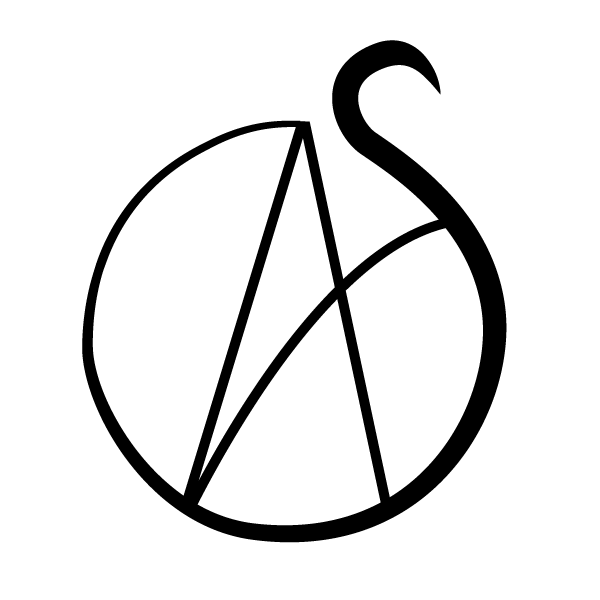
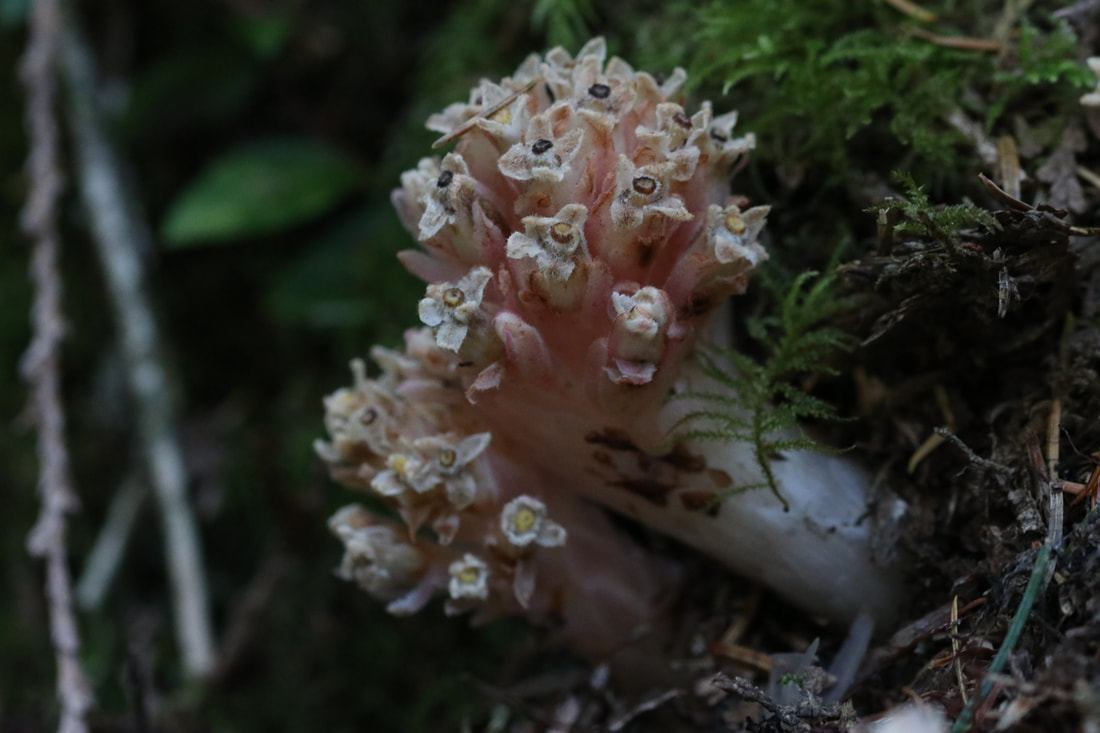
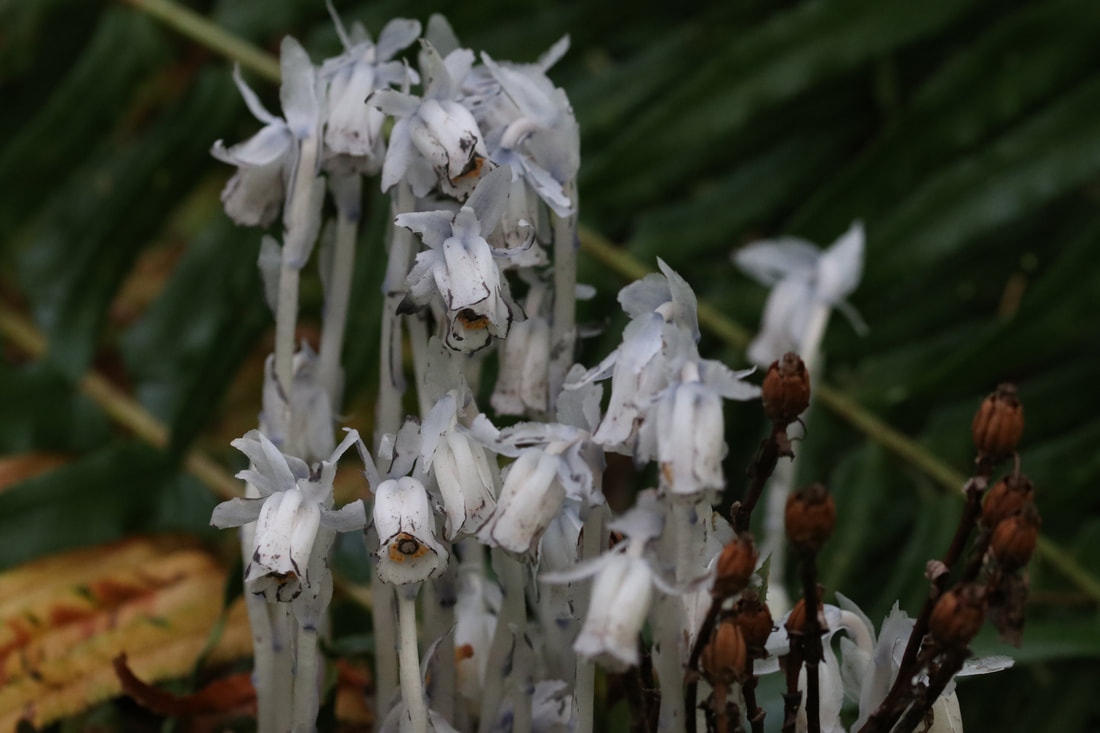
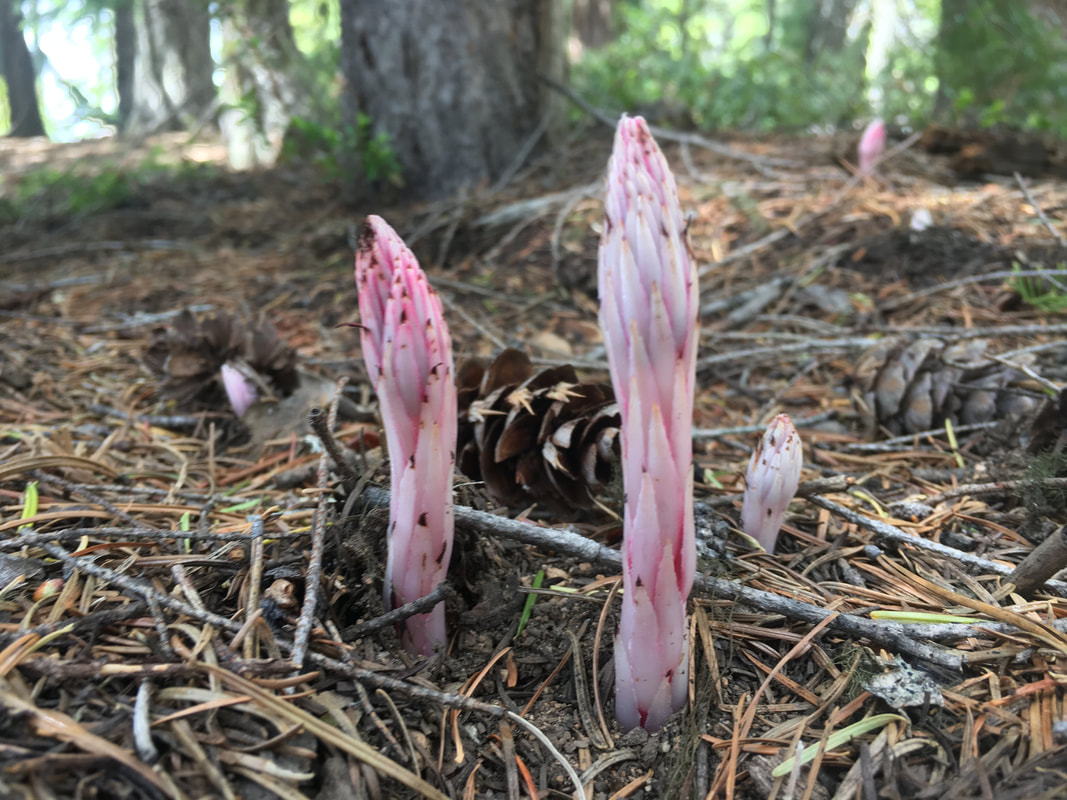
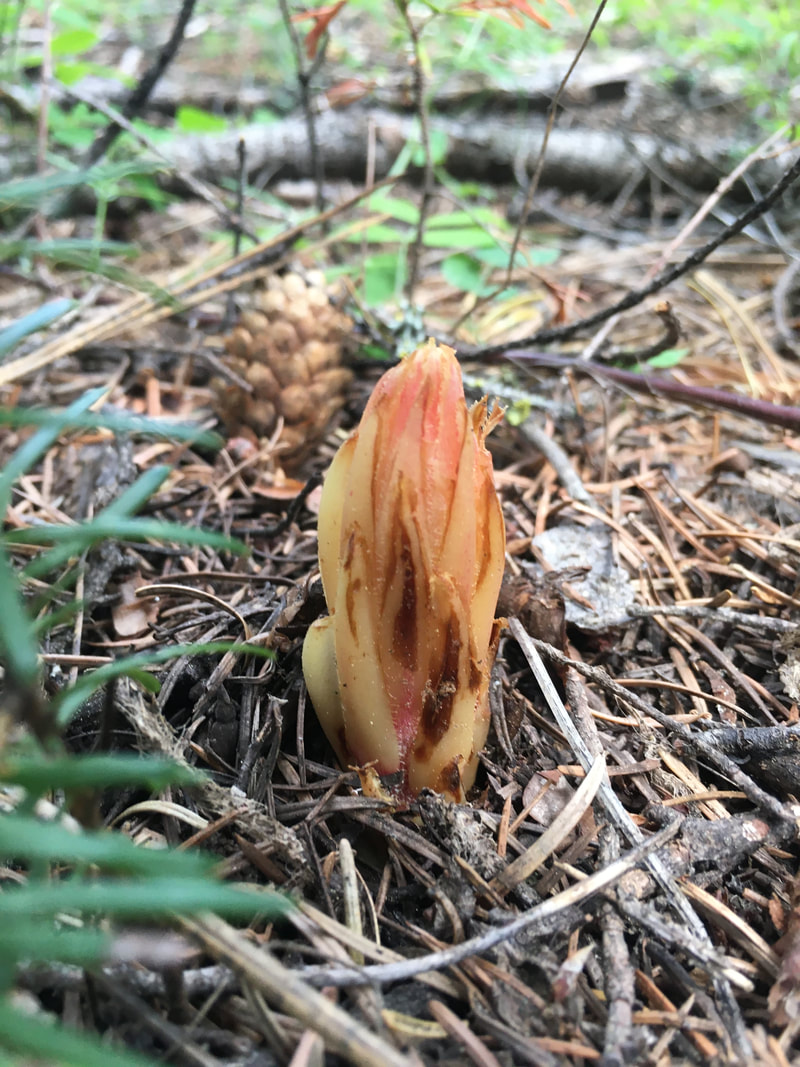
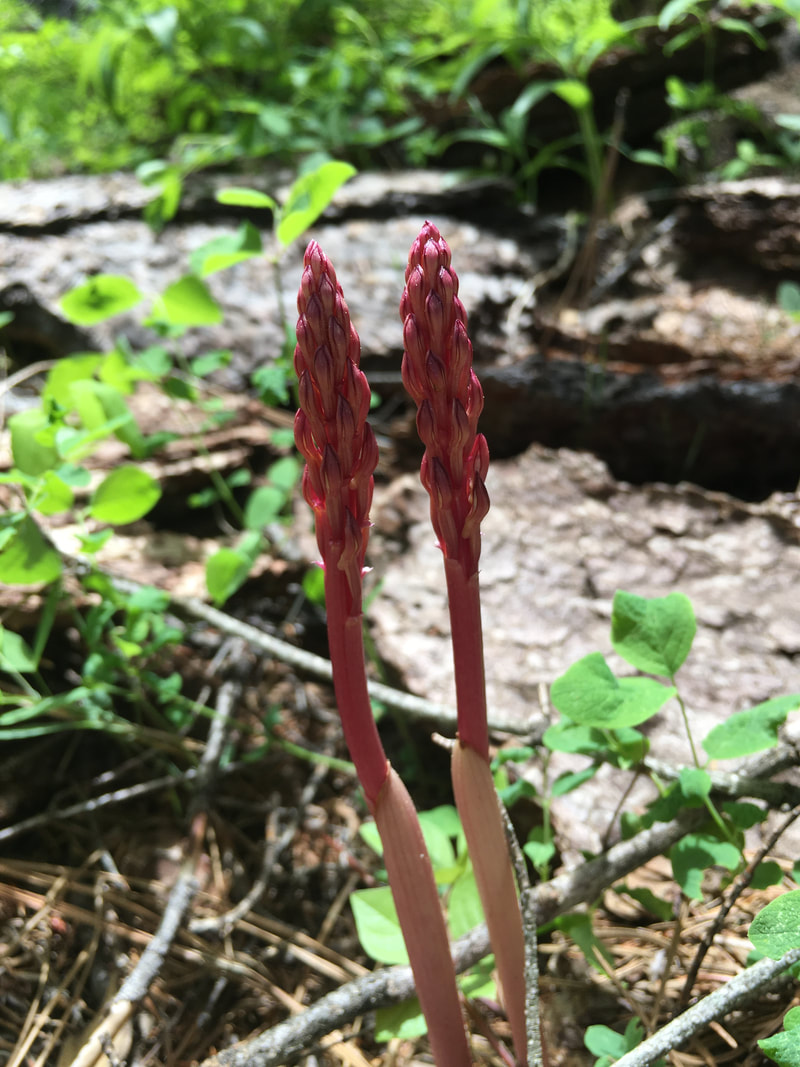
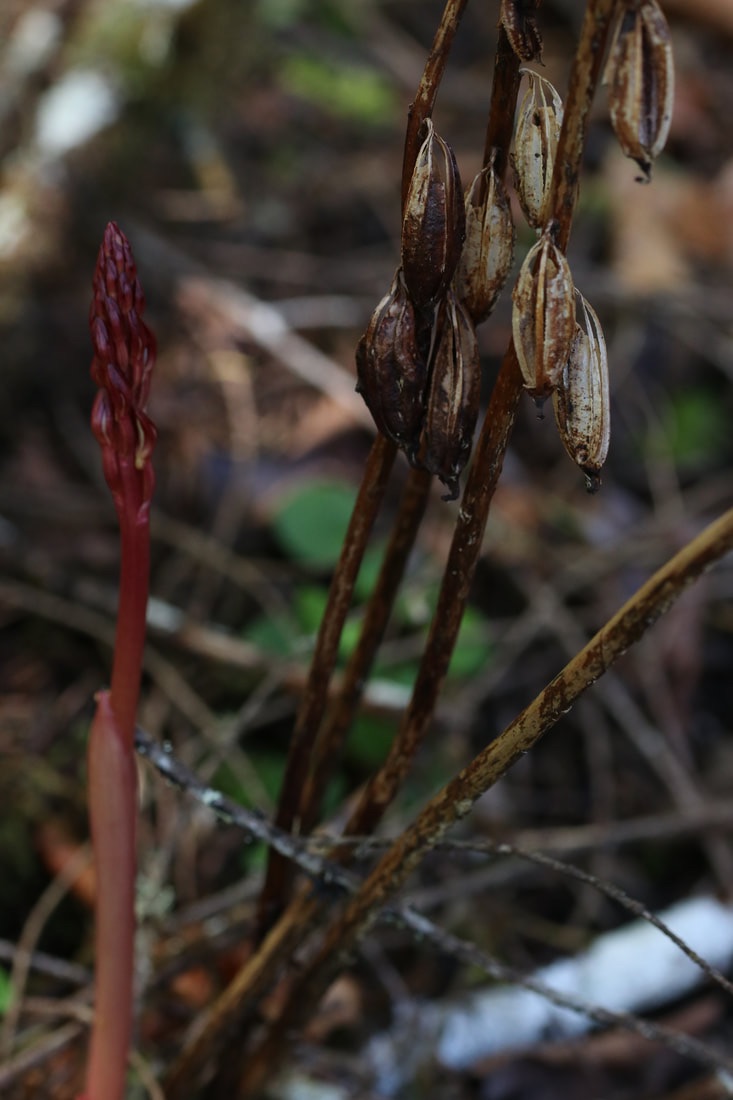
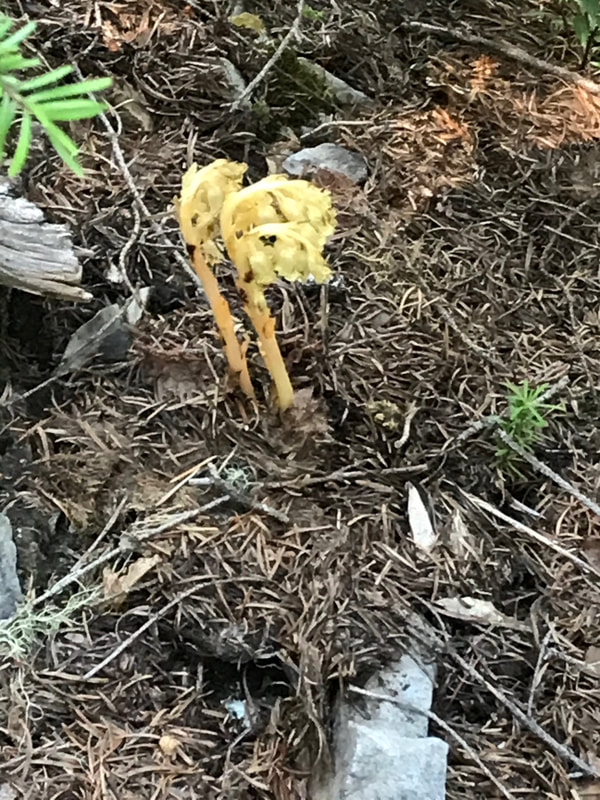
 RSS Feed
RSS Feed
